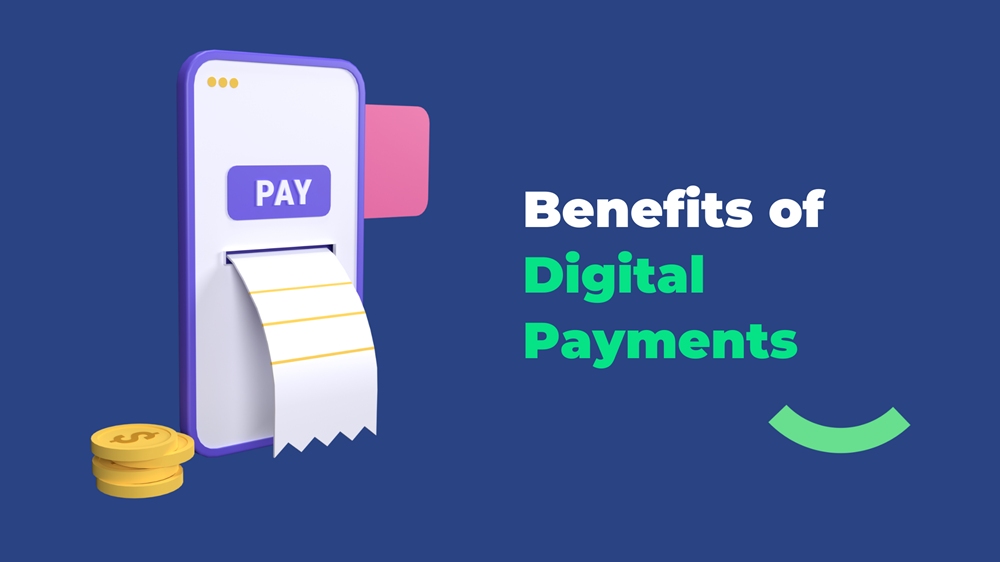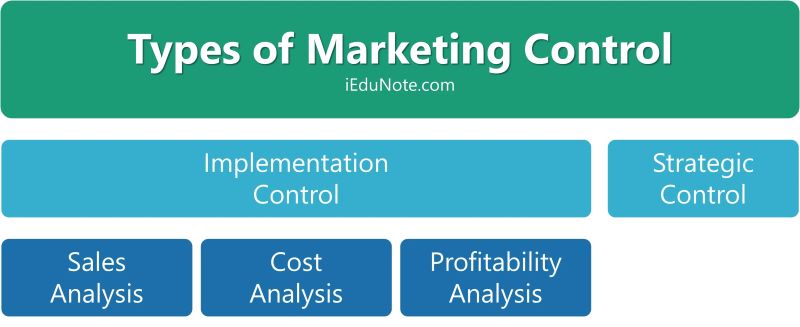Cash was once king, but now I say hello to the new ruler: digital payments. They’re fast, they span the globe, and yes, they’ve brought regulations for secure digital payments to the forefront. It’s a jungle out there, and I’m here to guide you. How does one keep their money safe when it zips through the web? Do those long acronyms like PCI DSS or GDPR make your head spin? Fear not! I’ve mastered these codes and I’m ready to break them down for you. From fighting fraud to protecting your privacy, let’s dive into this new financial frontier and ensure your digital dollars are defended!
Understanding the Landscape of Secure Payment Regulations
The Fundamentals of PCI DSS Compliance
We keep hearing about PCI DSS compliance. What is PCI DSS compliance? PCI DSS stands for Payment Card Industry Data Security Standard. It’s a set of rules to keep card data safe. Everyone who takes card payments must follow these rules.
PCI DSS makes sure that businesses keep payment data secure from theft and fraud. It requires companies to manage their networks in secure ways. They must protect cardholder data. They also must have a plan to handle any security incidents.
Now, if you’re dealing with credit cards, you’re dealing with PCI DSS. Credit card numbers must be stored, processed, and transmitted securely. Businesses must use firewalls and antivirus programs. They must encrypt card data sent over public networks.
But what if a company does not comply? They can face fines or lose the right to take card payments. That’s a big deal for any business. You can’t sell much if customers can’t use their cards.
Embracing GDPR and PSD2 for Enhanced Financial Data Protection
What about personal data? That’s where GDPR comes in. GDPR is about protecting our personal data in the EU. It affects companies all over the world. You see, if a company has EU customers, it must follow GDPR rules.
GDPR gives people more control over their personal data. It says companies must say why they need this data. They must ask people before using it. They must keep it safe, too.
Now, let’s add PSD2 to the mix. PSD2 is about making online payments safe and fair in the EU. It encourages new payment services. You know, like when you pay online via a banking app.
PSD2 says banks must share your account info with other companies, if you agree. But they must do this securely. They also must check who you are before you pay. This is called Strong Customer Authentication or SCA.
Remember I mentioned GDPR’s impact on payments? Well, PSD2 works with GDPR. Both want to keep your financial data safe. GDPR focuses on personal data, while PSD2 looks at the payment services.
It’s like having two powerful guards. One watches over your personal info. The other makes sure your money moves safely.
Let’s talk security measures. Encryption is key (pun intended). Encrypted data is like a secret code. Only the right person can read it. Tokenization is like encryption’s buddy. It replaces your card details with a unique code. This protects your info if a hacker breaks in.
For those who run businesses, following these regulations is crucial. Customers trust you with their money and their data. Break that trust, and your business could suffer.
But it’s not just about avoiding trouble. It’s about doing right by your customers. They need to know they’re in safe hands. That’s the true heart of these regulations. They’re not just rules. They’re promises—promises to keep data safe and to make digital payments reliable for everyone.
In essence, secure payment standards, digital transaction guidelines, and financial data protection are not merely checkboxes to tick for compliance. They represent a commitment to upholding the security and trust that are fundamental to the success of the modern e-commerce ecosystem.
Enhancing Digital Transaction Security
Encrypting Transactions: The Role of Tokenization
Let’s dive into keeping money safe online. Tokenization is key. It changes sensitive card details into unique symbols. Each symbol – a token – stands for your real payment info. It’s like having a secret code that only the payment system can read. This matters because it keeps your real data safe. Even if bad guys get this code, they can’t do anything with it. It’s just a random string of characters without any value.
Tokenization helps meet rules like PCI DSS. This means payment systems must guard card data well. The rules say they have to scramble the info to keep it safe. Think of it as a secret language. Only the right payment system can turn tokens back into real card numbers.
This is important for all kinds of payments, like when we tap our phones to buy coffee. Mobile payment security is huge because more folks use phones to pay each day. Here, tokens are like one-time passwords. They work just once and then change.
Implementing Strong Customer Authentication and Biometric Verification
Now, let’s talk about a one-two punch for safety: Strong Customer Authentication (SCA) plus biometrics. SCA is like a firm handshake, making sure you are who you say you are. It asks for at least two proofs. Something you know, like a PIN. Something you have, such as a phone. Or something you are, which is where biometrics comes in.
Biometrics uses parts of you, like fingerprints or face scans, to confirm identity. So it’s tough for someone who’s not you to fake. It adds extra safety to SCA. By checking two things or more, it’s harder for thieves to break in.
PSD2 is a set of rules in Europe that push for this kind of check. They want to make sure that when we pay online, it’s really secure. So online payment safety gets a big boost. This includes when we shop on websites or use banking apps.
Now, why is this stuff important? Well, no one wants their money to vanish because of a weak security spot. These methods build walls around our cash. Higher walls make it harder for crooks to climb over.
Remember, in this digital age, keeping payment details safe is as crucial as locking our doors. By encrypting what matters and checking who’s at the wheel, we’re in for a safer ride on the money highway. Cheers to that!
Navigating International Digital Payment Laws
Compliance with Anti-Money Laundering Directives
Keeping money clean across borders is tough but key. The law helps us stay clean by watching where money flows. To make sure we do it right, we follow strong rules known as anti-money laundering directives. This means when you move money, we check it to stop the bad guys. These checks keep your money safe and out of the wrong hands. Every time money moves, we must make sure it’s good money. This keeps you and your cash safe.
These rules mean we know our customers well. Every bank and business that handles your money must know you, too. We can’t let money move in shadows. The light must shine on every dollar and cent. By knowing who’s behind every penny, we keep money clean. This helps stop crime and keeps your money yours.
Cross-Border Payment Regulation and Licensing
When money crosses borders, it needs a passport. This ‘passport’ is really a set of rules that make sure money travels safe. To help money on its journey, services need a special license. This license says they’re good to send money far and wide. Getting this license is like a test for money movers. They must show they’re safe, sound, and sure.
Cross-border payments face a lot of checks on their path. They must prove they’re not helping crime or hiding secrets. These laws make sure that when your money flies across the map, it lands safely. They also help countries play by the same money rules, making it easier for you to shop and sell around the world.
Any company that sends money far must follow these rules. No shortcuts, no side steps. Every step must be right and true. Your trust rides with your money. That’s why these laws are so strict. They’re not just for looks, they’re for your security.
In a world where your money can move with a tap, safety is more than a padlock. It’s a promise. A promise that wherever your money goes, it’s watched, it’s safe, and it’s secure. That’s a promise we all need.
Safeguarding Consumer Interests in the Digital Payment Ecosystem
Consumer Rights and Risk Management Practices
When you buy things online, you expect your money and information to be safe, right? That’s where consumer rights come in. These are rules that protect you. One thing they do is make sure that if something goes wrong, you can get your money back. This is a big deal when you’re dealing with digital transactions.
Now, let’s talk about risk management. That’s a fancy way of saying “keeping things safe” when you buy or sell online. Smart people who know a lot about safety make these rules. They make sure that payment service providers don’t let bad guys get to your money.
Next up, we deal with PCI DSS compliance. That stands for Payment Card Industry Data Security Standard. I know, it’s a mouthful. But it really just means that companies have to follow certain rules to make sure that when you use your credit card online, it’s as safe as can be.
Here’s a cool part – encryption. Imagine writing a secret code that only you and the person you’re sending it to can understand. That’s what encryption is; it scrambles your card information so that sneaky hackers can’t read it.
The Evolution of Central Bank Digital Currency Regulations
Now, did you hear about central bank digital currencies? They’re like your everyday money, but digital. Think of them as videogame coins, but you can use them to buy real things! Banks and the governments are trying to make rules for them. That’s to ensure they’re just as safe as the money in your piggy bank.
One rule they’re working on is making sure only the right people can use these digital dollars (or euros, or yen). You’ll hear folks call this KYC — Know Your Customer. It’s a way to check who you are, so only you can use your digital money.
We also need to fight against money laundering. That’s when bad people try to make dirty money look clean. Banks and companies follow rules called anti-money laundering directives to stop that from happening.
So, what does this all mean for you and me? It means when we use our phones to pay, whether we’re buying a toy or a snack, we can be sure it’s safe. There’s a whole bunch of cybersecurity measures that work behind the scenes. From encryption for transactions to two-factor authentication, they’ve got our backs.
To sum it up, your rights and safety are top priorities in the online money world. Whether you tap your phone to pay, or a new digital dollar pops up, know that a ton of safety rules and smart people are there to keep your transactions secure and sound. They’re always updating rules to fight off the bad guys and keep our digital pennies in safe hands.
In this post, we’ve explored the landscape of secure payment rules. We started with the basics of PCI DSS compliance, making sure credit card data stays safe. Then, we jumped into GDPR and PSD2, which both keep our financial info secure in the digital age.
We also tackled enhancing digital transaction security. Here, tokenization keeps payment details hidden whenever you buy something online. Plus, we saw how using things like fingerprints can make sure the person spending money is really you.
Then, we navigated the tricky waters of international digital payment laws. We learned about fighting money laundering and the rules for sending money across borders. You now know how to play by the rules, no matter where you are.
Finally, we focused on protecting you, the consumer, in this digital payment world. We covered your rights and how to manage risks. And we didn’t forget about new stuff like digital currencies from central banks.
My final thoughts? Staying secure with digital payments is key. It’s not just about following laws; it’s about making sure you’re safe when you click ‘pay’. Follow these tips, and you’re on track for secure online spending. Keep your data safe, your money safer, and shop with confidence.
Q&A :
What are the essential regulations for secure digital payments?
Secure digital payments are governed by various national and international standards to ensure that transactions are carried out safely and privately. Common regulations include the Payment Card Industry Data Security Standard (PCI DSS) to protect cardholder data, General Data Protection Regulation (GDPR) in the European Union for data privacy, and local laws like the United States’ Electronic Fund Transfer Act. Compliance with these regulations is critical for minimizing the risk of data breaches and fraud.
How can consumers ensure their online payment transactions are secure?
Consumers can enhance the security of their online payment transactions by using strong, unique passwords for their financial accounts and payment apps, enabling two-factor authentication where available, and regularly monitoring their accounts for any unauthorized transactions. Additionally, it is advised to make payments on secure and reputable websites, signified by ‘https’ in the website address, and to avoid using public Wi-Fi networks for financial transactions.
What steps should businesses take to comply with digital payment regulations?
Businesses should start by understanding the relevant regulations in their region and industry, such as PCI DSS for those handling card payments. They need to implement secure systems, encrypt sensitive data, maintain software updates, and provide regular staff training on data security. Regular audits, risk assessments, and working with payment processors that are compliant with security standards are also critical for businesses to ensure compliance.
Are there any new regulations for digital payments in 2023?
As the digital payment landscape evolves, regulations are frequently updated or introduced. For 2023, businesses and consumers should stay informed about any changes in laws like the PSD2 directive in the EU, which may introduce stronger customer authentication processes, or any updates to local regulations that may impact how digital transactions are processed and authenticated.
What role do governing bodies play in the security of digital payments?
Governing bodies play a crucial role in the security of digital payments by establishing and enforcing regulations that protect consumers and the integrity of the financial system. These bodies may include central banks, financial service authorities, and international organizations that set standards for payment security, anti-money laundering (AML) protocols, and counter-terrorism financing measures. By monitoring compliance and implementing penalties for non-compliance, these bodies help maintain trust in the digital payment ecosystem.






